Instead of endlessly buying new coffee beans, try your hand at home coffee roasting to uniquely experience the freshest-tasting beans.
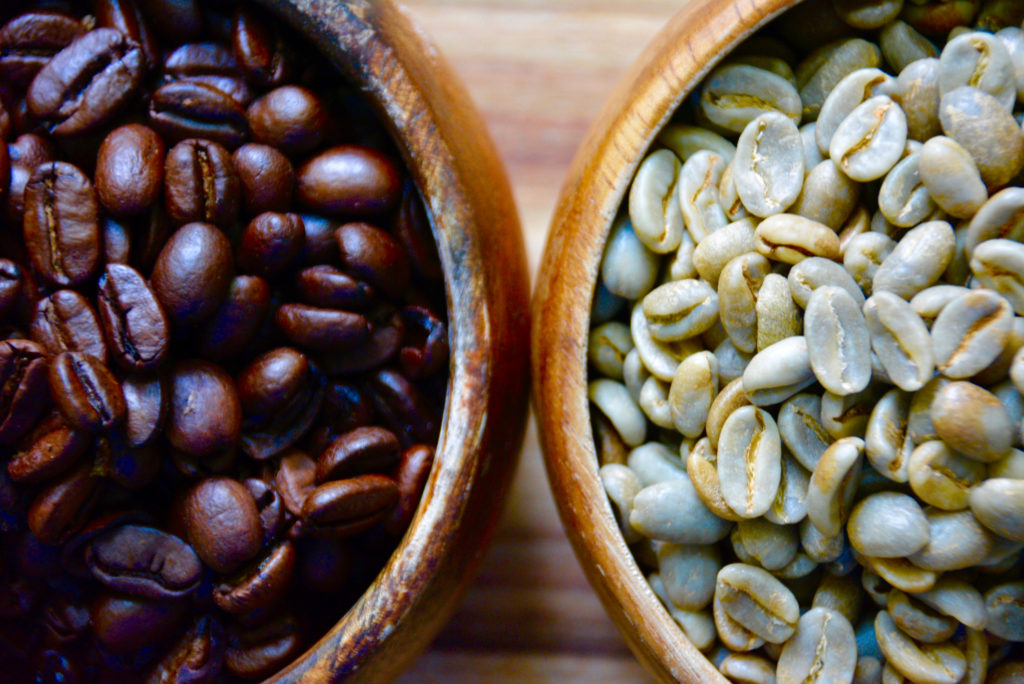
- Save some money and learn a new skill by roasting your own coffee beans at home.
- All you need are some green coffee beans and a few kitchen items you likely already have on hand.
- Brew your freshly roasted beans with the pour over method to extract the most flavor from your coffee beans.
Home coffee roasting is a fun hobby that doesn’t require a big time investment nor does it call for fancy equipment. The basic essentials are green beans and some kitchen essentials that you likely already have in your home.
To get started, take a look at the step-by-step home-roasting process below and start enjoying the freshest coffee beans right at home.
Note: This method uses the cast iron roasting method. There are other home roasting options, but this is a great low-cost method.
Source your green coffee beans.
Before anything else, you’ll need to source your green beans. There are a number of spots you can order from online. My personal recommendation is Sweet Maria’s, as they offer a wide selection of bean varieties and bag sizes.
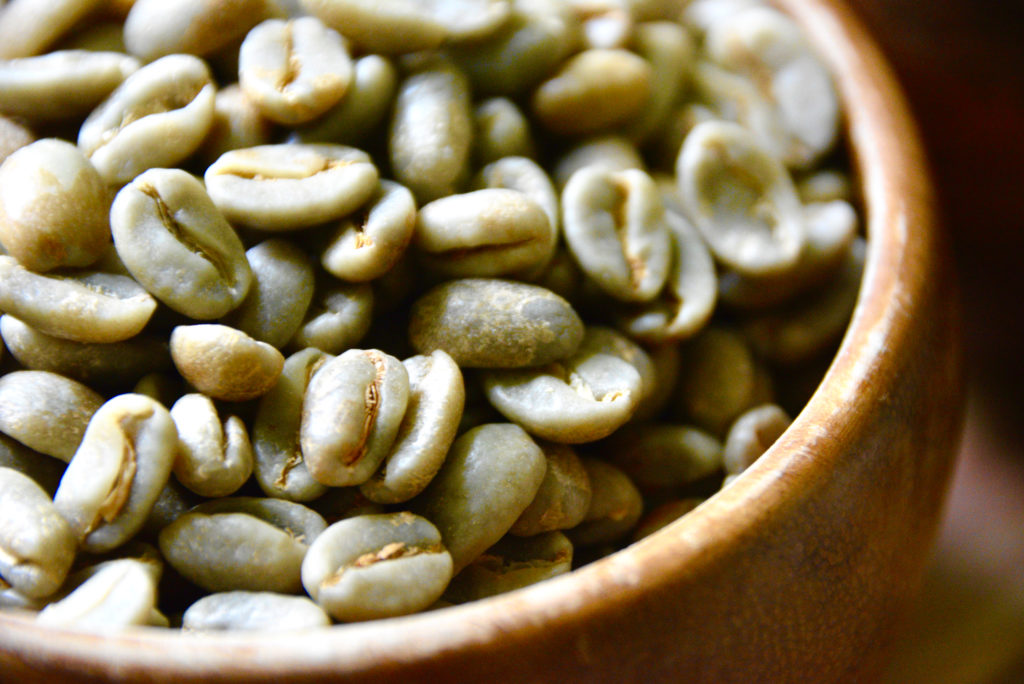
Another green bean seller is Royal Coffee. They sell both 1-pound bags and bulk-size options, if you’re wanting to stock up on a lot of beans.
Once your beans have come in, be sure to store them away from direct sunlight and in a dry, cool place at room temperature. A cabinet away from the stove/oven is a great place. This will preserve the beans’ freshness for a longer period of time.
Gather the necessary roasting equipment.
Note: I may earn a small commission when you make a purchase through some of the below links. Read my disclosure policy to learn more.
Besides beans, you’ll also need a cast iron skillet (about 12 to 15 inches), a metal whisk, two thick oven mitts, a colander, a heat resistant bowl (a saucepan also works well because of the long handle), and an airtight container for bean storage (this links to the one I use!).
Other items that aren’t required, but will come in handy: a food scale and an infrared thermometer.
Have all of these items ready and waiting in one location because you’ll need to access them fairly quickly throughout the roasting process.
Open your windows and consider roasting outside if possible.
Good ventilation is required for the home coffee roasting process — not only for a quality roast, but also for your safety. Open your windows, doors, and have an extractor fan ready so that the smoke released from the beans can escape. If feasible, consider roasting outside or in an open garage.
The smell and the smoke can be quite overwhelming, so please don’t skip this step.
Heat up the cast iron on your stove to medium/high heat.
After you’ve gathered all of your equipment, you can heat up the cast iron to a medium/high heat on the stove for about 10 to 15 minutes. You want the pan to reach somewhere in between 300℉ and 350℉.
This is where the infrared thermometer will come in handy to determine the heat of your pan. Having a fairly accurate temperature will help to ensure better roasting results.
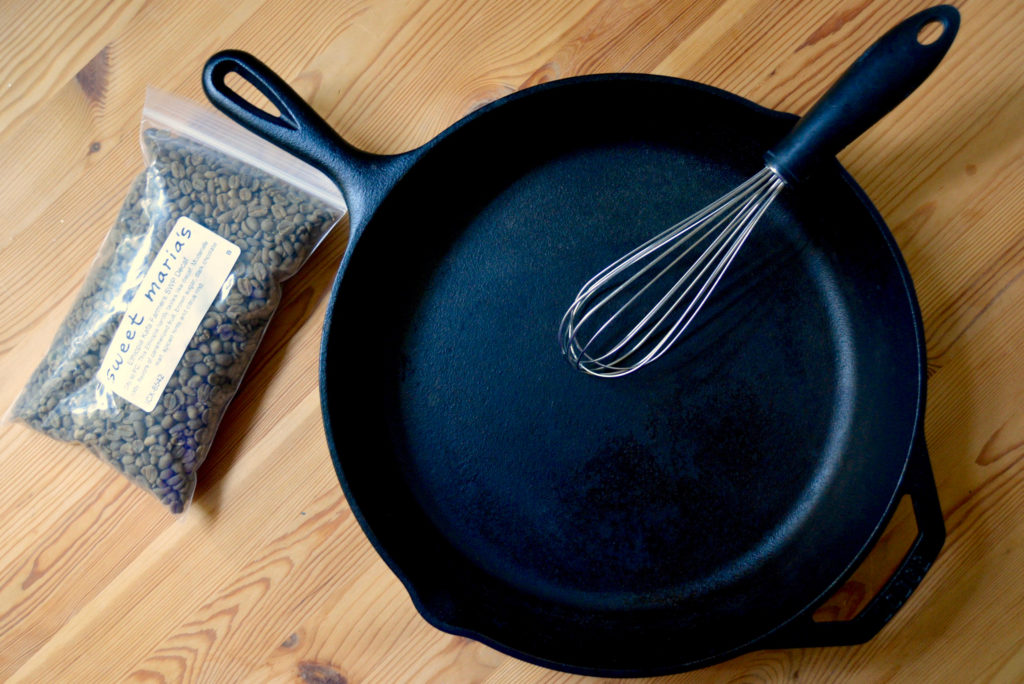
Weigh out about 300 to 350 grams of green beans.
Using a food scale, measure out about 300 to 350 grams of green beans. This will yield about 3 batches of coffee brews (assuming you brew about 2 to 3 cups at a time).
If you don’t have a scale, you can figure out the measurements by using measuring cups. 350 grams is equivalent to about 1 1/2 cups.
Pour the beans in the pan and stir, stir, stir.
Next, it’s time to pour your green beans into the heated cast iron pan. As soon as the beans hit the pan, stir them constantly with the metal whisk. It’s important to use your oven mitt here because the heat will travel up the whisk quickly and could burn you.
Stir the beans in a circular motion rather quickly. It’s also helpful to stir the beans along the edges of the pan and in the middle of the pan. You can make a sort of swirl through the middle of the pan to make sure you’re consistently moving all of the beans. At no point should you stop stirring, as this may have a negative result on the roast.
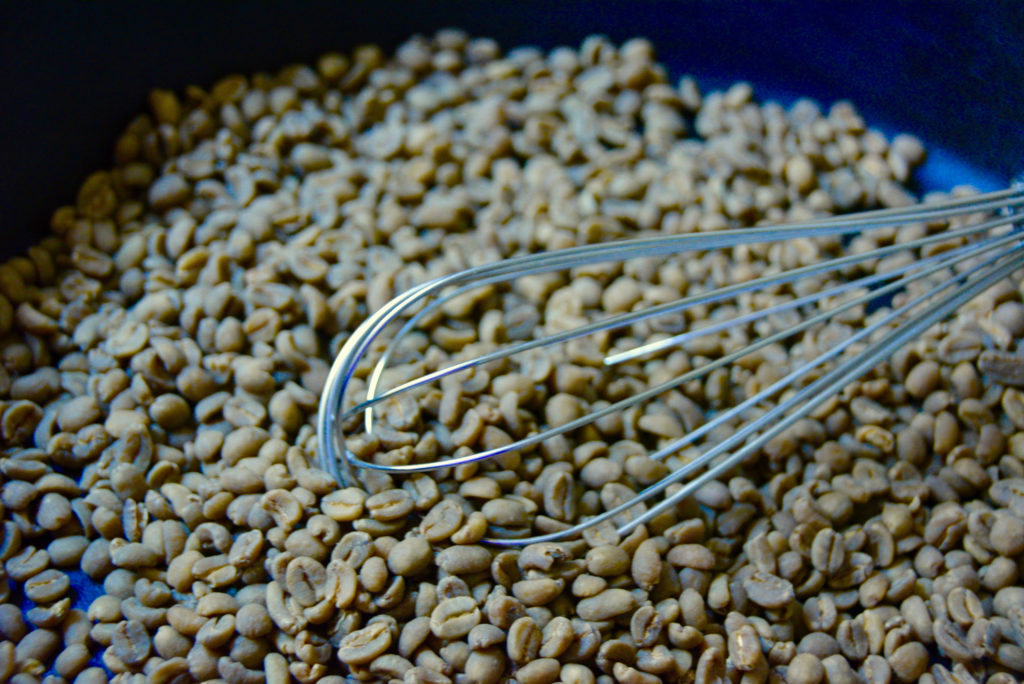
The beans will transform before your eyes from green to yellow to yellow-gold to a light brown. Ideally, you want all of the beans to be the same color. A consistent color among all your beans means that you’re properly stirring the beans and exposing them evenly to the heat of the pan. You’ll continue stirring until you hear the first crack, which is described in the next step below.
Once you hear the first crack, remove pan from heat.
You can think of this next stage like making popcorn. Once the popcorn kernels are hot enough, you’ll hear many kernels rapidly pop. After most of the kernels have popped, the popping slows down and you listen for 2 to 3 second breaks in between pops. That’s when you can remove the kernels from heat.
Similarly, the coffee beans will begin to pop or crack simultaneously when they’ve gotten hot enough — this stage is fittingly called the first crack. Once the cracking slows down, like in making popcorn, remove the pan from heat immediately.
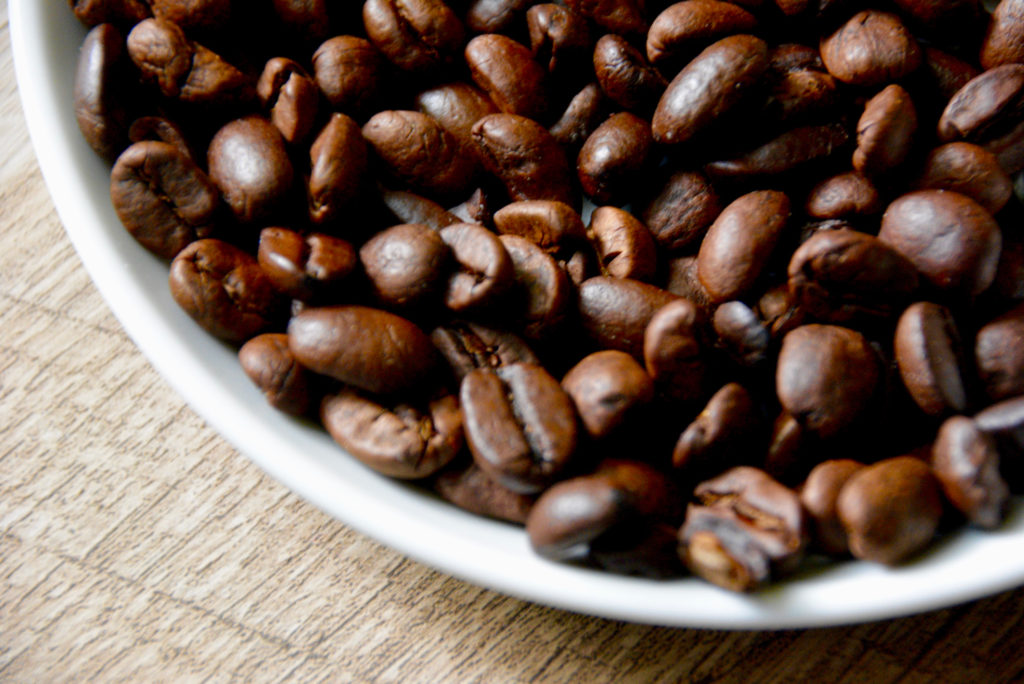
At this point, your beans should be a light brown shade. If there is still some yellow tints left on your beans, I would advise leaving the beans on the heat for a bit longer and continue to stir until all of the beans are a light brown or brown.
If there are tinges of dark yellow or gold left on your beans, they won’t grind down and may damage your grinder! This color means they need more time on the stove.
Optional Step: For a darker roast, keep stirring the beans until you hear a second crack.
If you prefer a darker roast, you won’t stop stirring the beans at the first crack, but will continue to roast your beans until you hear a second crack. That’s right, you’ll hear another round of cracking if you continue roasting.
This produces a dark roast, whereas stopping at the first crack produces a light roast.

Want to brew barista-level coffee at home?
Join my newsletter to receive my free home-brewing guide. PLUS, you’ll get instant access to ALL freebies in my resource library including bonus recipes, pairing ideas, and more brew guides!
Pour beans into a bowl or a saucepan and grab your colander to remove the chaff.
After you’ve removed the beans from heat, quickly pour them into a heat-proof bowl or into a saucepan.
Note: You’ll need to do this next step outside to prevent from making a huge mess in the house.

Remove the chaff by pouring the beans from the bowl or saucepan into the colander. I like to hold the bowl high up in the air and catch the beans in the colander, which I hold with my other hand near my waist. The chaff will start to blow away as you exchange the beans from vessel to vessel.
You can also blow air on the beans using a fan as they are being poured from one vessel to the other to make the chaff removal process go quicker. When most of the chaff is gone, pour the beans into the bowl once again.
Let your beans cool down to room temperature before storing them.
Next, you’ll let the beans sit out at room temperature in the bowl to cool down. Once they have cooled, you can store your coffee beans as normal.
For best storing practices, I wrote an article for Coffee with the Queen on how to properly store coffee beans (view here). The gist is to store your beans in an opaque, airtight container away from light, heat, and moisture.
Keep the beans in the container for at least 24 hours before using them to make coffee.
At this point, you probably want to brew a batch of coffee with your freshly roasted beans right away, but it’s best to let the beans degas in the storage container first.
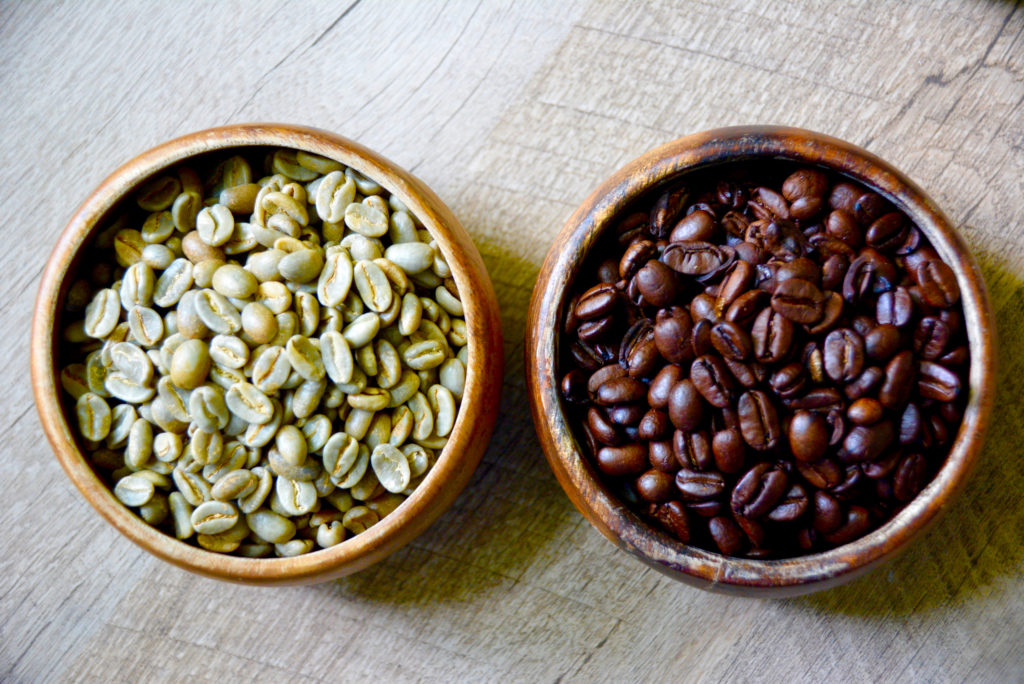
Ideally, you should wait at least three days before using your coffee beans for best results.
Note: this waiting period is more for light roast coffee. If you went for a darker roast, you can go ahead and brew the coffee closer to the roast date.
Treat your beans with respect and brew them with the pour over method.
It would be a shame to roast amazing coffee beans and then put them in a drip coffee machine. To extract the most flavor from your freshly roasted beans, I highly recommend using the pour over method.
Chemex, Origami, the Hario V60 or the Kalita Wave Pour Over are all excellent instruments for brewing pour over coffee. See my post for the perfect Chemex recipe here.
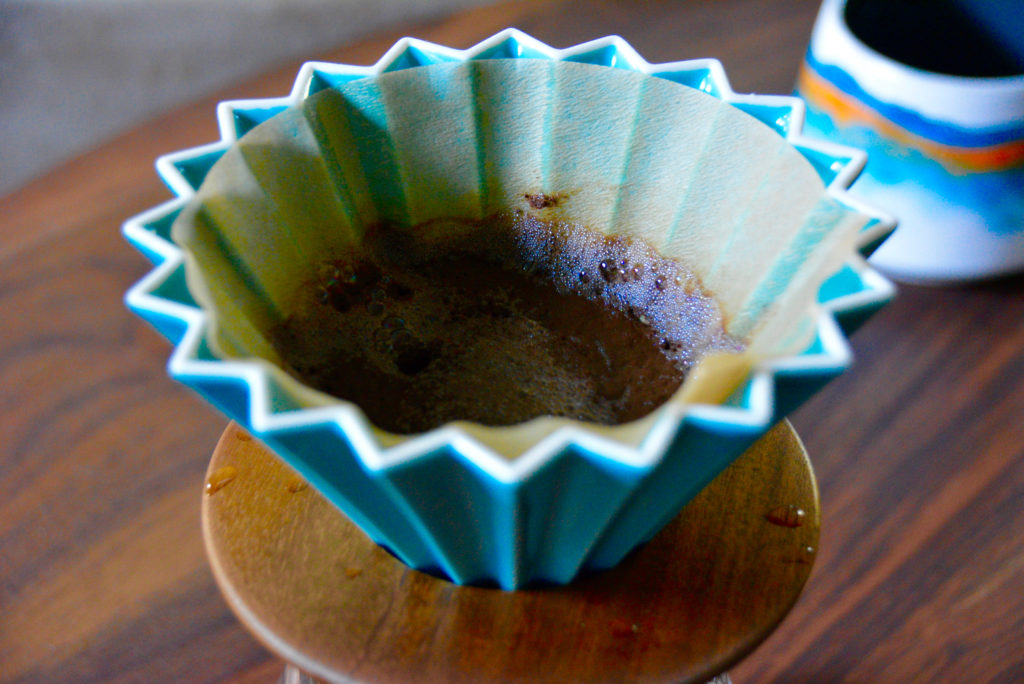
Tag me on Instagram @bakedbrewedbeautiful, so I can see your beautiful brews!
After you’ve finished brewing or roasting, take a snapshot of your beans or your coffee and let me know how your roast turned out! Tag me on Instagram @bakedbrewedbeautiful or use the hashtag #bakedbrewedbeautiful, so I can see your beautiful creations — happy brewing.
Did you get your 5 FREE Bonus Coffee Roasting Tips Yet?
Join my email list to receive exclusive access to my FREE resource library to grab my 5 Must-Know Tips For All Those New To Home Coffee Roasting.
PLUS, be the first to grab more free brew guides and other awesome coffee freebies. Sign up below!
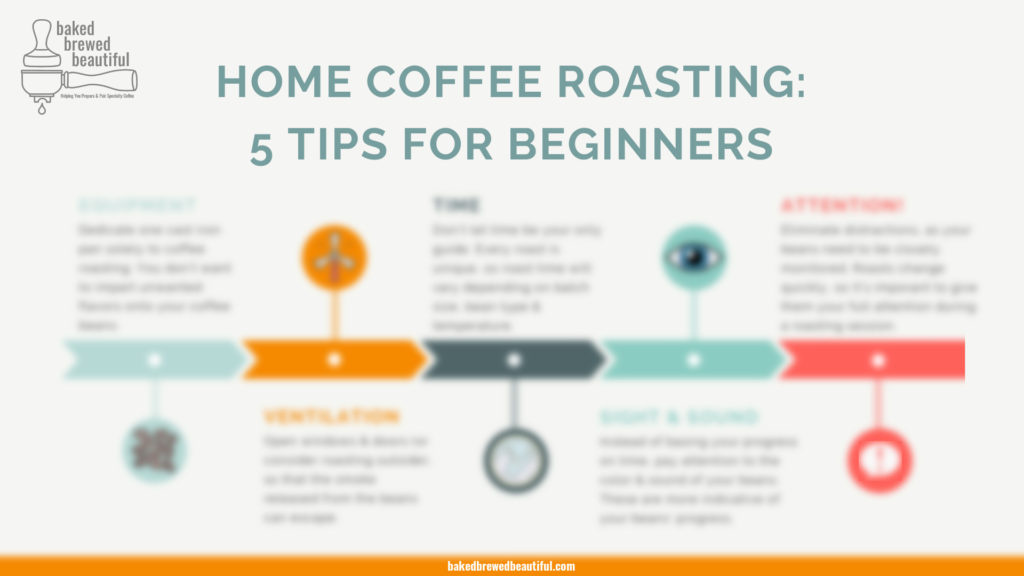
Attention Home Coffee Roasting Newbies!
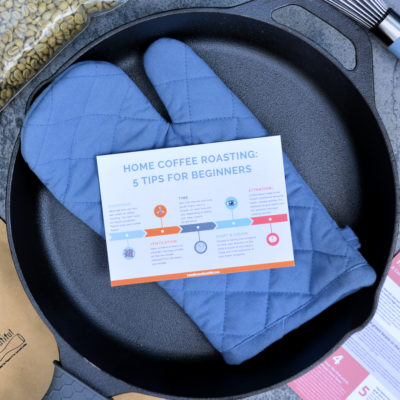
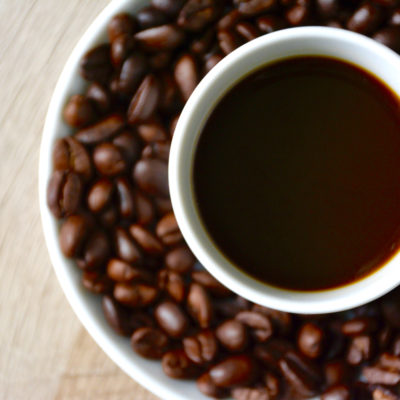



Leave a Reply